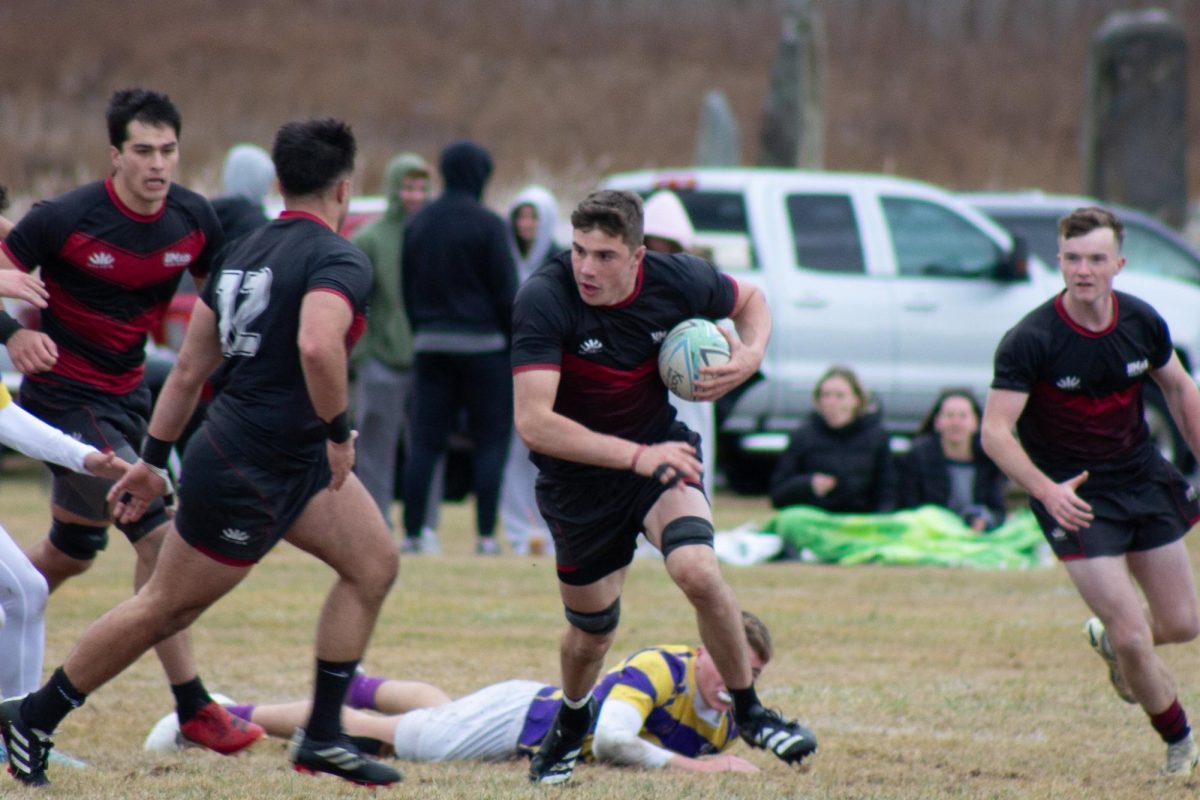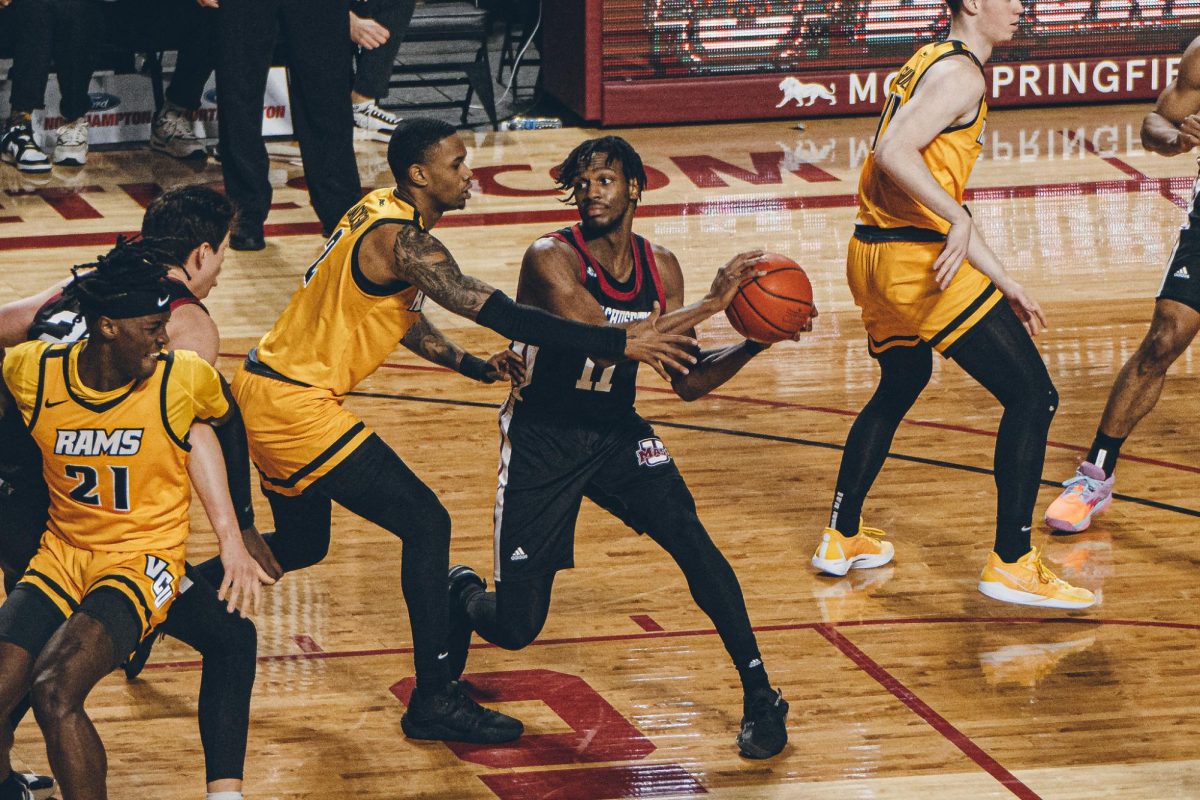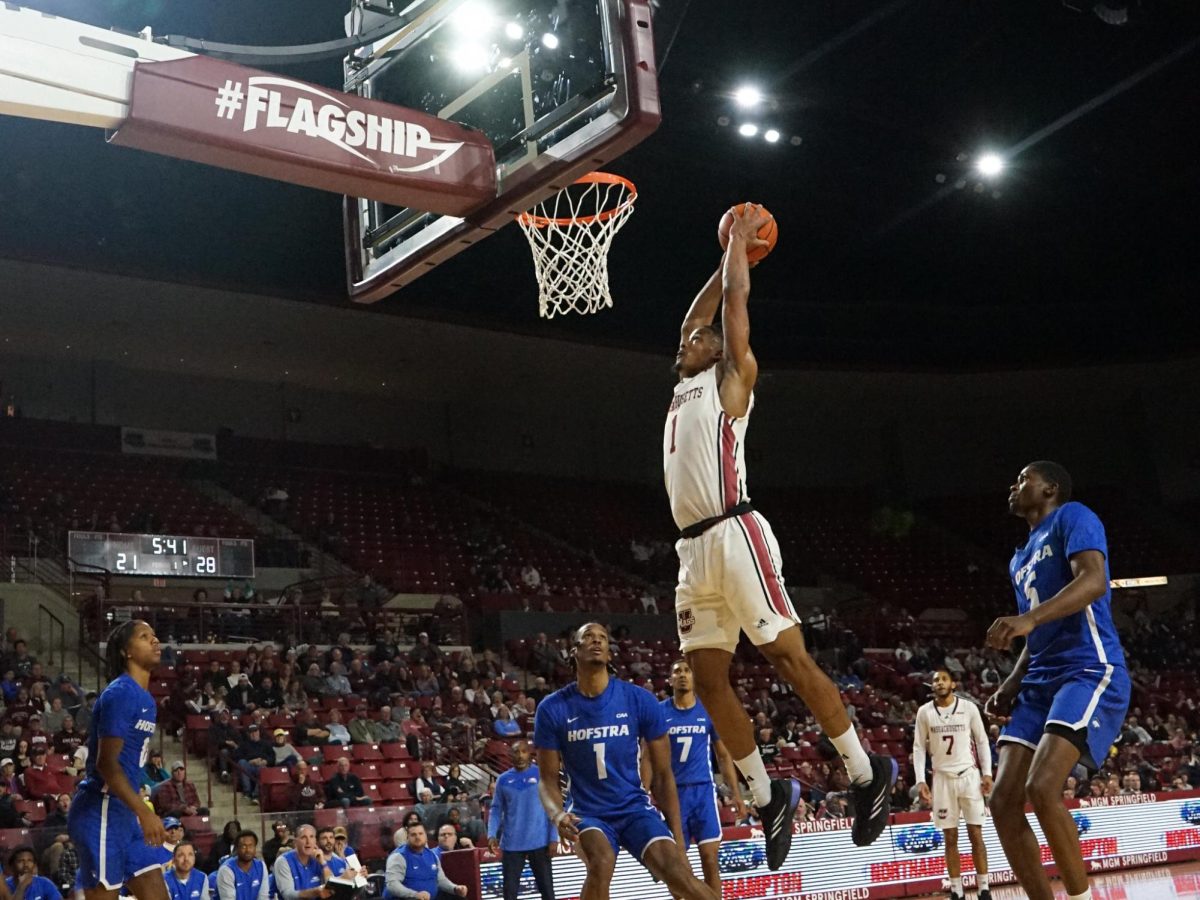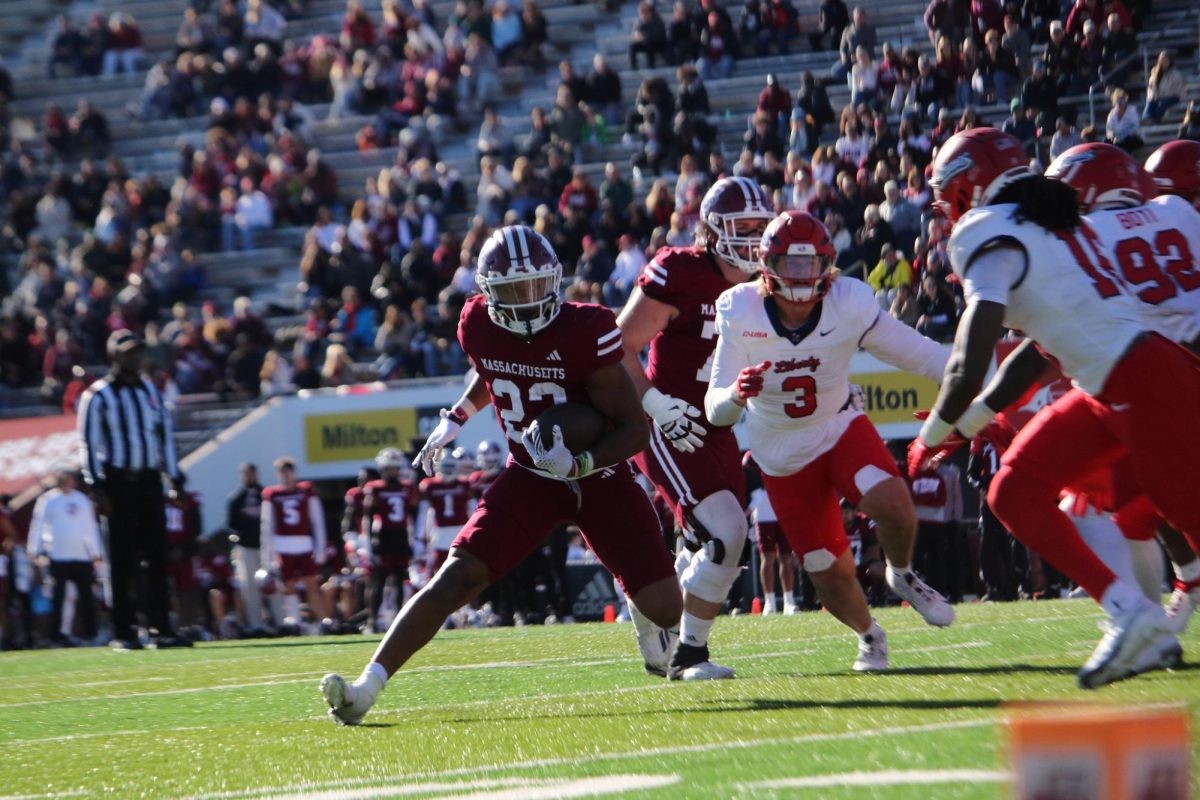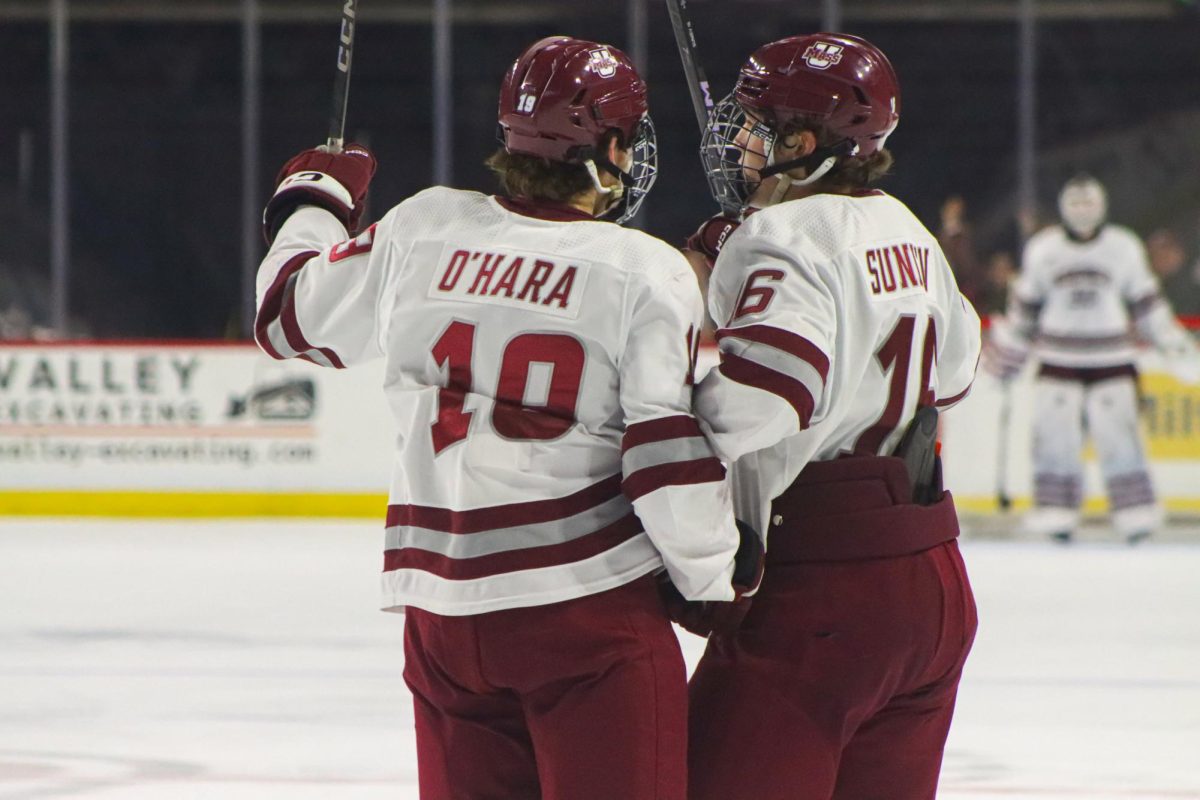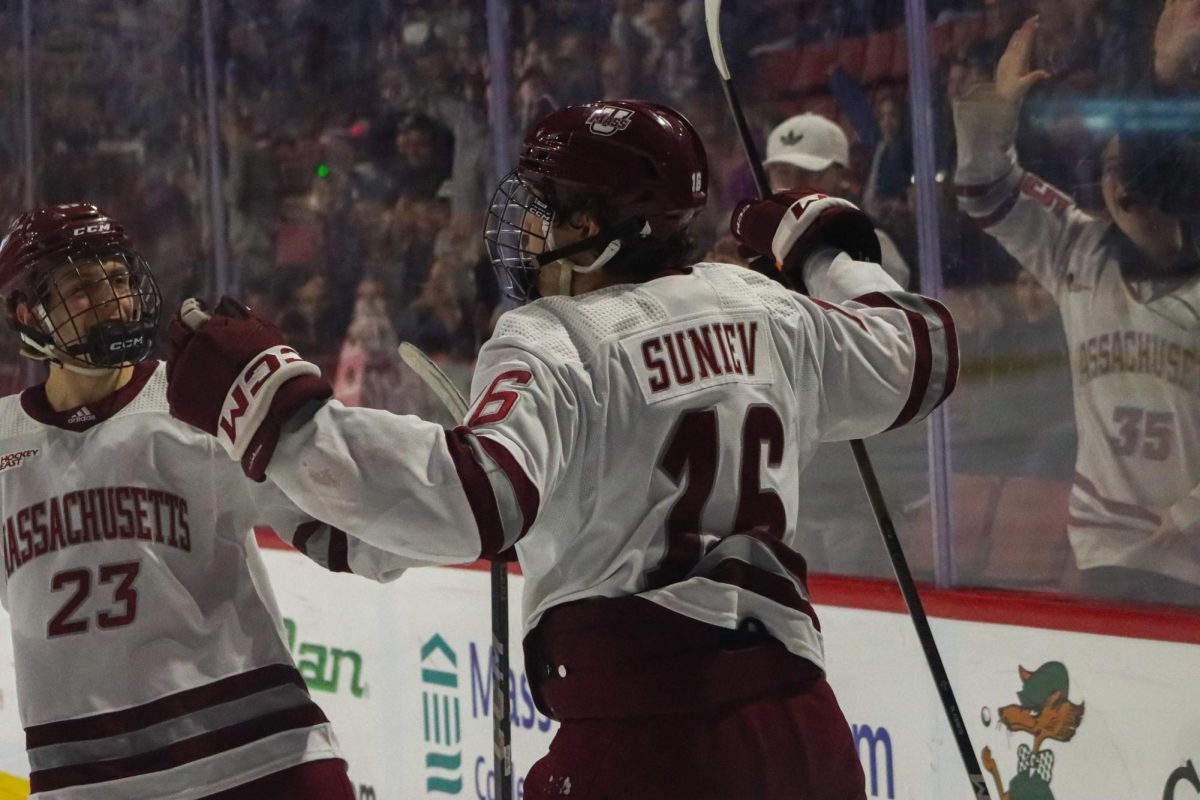
Business senior Jennifer Santos wasted no time at the University of Massachusetts when it came to her involvement with DKMS on campus. On top of advocating for the organization, she has recently started up the “Delete Blood Cancer DKMS” club.
Abigail Charpentier: What does DKMS do?
Jennifer Santos: DKMS is an international non-profit organization that works to register individuals into the national bone marrow registry. This is the registry that matches blood cancer patients or people with a blood disorder in need of a blood marrow transplant or stem cell transfusion with people who are essentially a genetic match with the cancer patient, so they can donate to that patient. So, it’s really important because it’s really hard to find a match. A lot of people think that you can find a match within your family or with a sibling, but only 30 percent of people can find a match within their family, which means that 70 percent of blood cancer patients rely on complete strangers that are in the registry who are willing to donate for them. Essentially, you’re signing up to potentially be matched with someone and save their life.
AC: How did you get involved with DKMS?
JS: I got involved with DKMS in my senior year of high school. My principal came to me, said his wife was diagnosed with lymphoma and was in need of a bone marrow transplant and asked that I host a drive. She was having a really hard time finding a match because she was Armenian—part of registering and finding a match is ethnicity does play a role, so it was especially hard for her to find a match. I hosted a drive and registered a third of my senior class. This drive showed me the importance of hosting a drive and getting as many people to the registry as possible. So when I came to UMass, everybody said you have to join clubs and get involved on campus so it’s not the traditional club you want to join, but I knew this was where I wanted to focus in on and I wanted that to be my area of getting involved on campus. I looked into it and found that DKMS had hosted drives prior at UMass on a much larger scale, and I got in contact with the person who was hosting drives and I worked with her and she showed me what it’s like to have a drive on a larger scale. I kind of just got involved from there and loved hosting drives and loved working with everybody. And I’ve been working with DKMS ever since.
AC: What are you doing at DKMS?
JS: I’m responsible for hosting these donor drives on campus. They are pretty much set up for two or three days at a time on campus in tents and we aim to register as many students as possible to put their name in the registry. It’s a really simply process. They fill out a quick registration form with their basic information and what we do is take a quick cheek swab that gives us a genetic testing of their cheek cells and we send that to the lab and they figure out whether or not that person could be a match. So we’re just responsible for registering people during those events. We usually average about 1,200 students. We’ve had some larger ones with 1,500 students, which is a better goal for this year. Also, when people register it is completely free. If they are found to be a match, all of the medical expenses are taken care of. But we are a non-profit organization and it costs us $65 for every single registration. So if we’re registering 2,000 students, it’s a lot of money just to even get those people in the registry, but that comes out of our money. So what we do is fundraise. Previously we’ve had a lot of events where we had about 200 people go to a rented-out club or bar area for people of age and we’ve raised about $2,200 every time we’ve done that. And that goes toward DKMS strictly for the purpose of registration and covering the expenses that are involved.
AC: How often do you have these registering drives? How many a semester/year?
JS: We host around two to three drives per year. We aim to have one large drive in the fall and one in the spring. Each drive is about two days long and usually takes place on a Thursday and Friday. Depending on the size of the drive and the weather, we typically register anywhere from 1,000 to 1,500 students over the course of those two days.
AC: Did anyone help you with these drives before your club?
JS: For the past few years, I have worked with Pi Kappa Alpha, and many of their fraternity members volunteer with us during the actual drive. Sigma Chi has also recently joined us, and this will be their second year helping us with our drive.
AC: Other than registering at drives, what can students do to help?
JS: One of the biggest things they can do to help is to register themselves. If they don’t see us on campus they can always go to our website, DKMS.org, and they can actually get their own kits sent to them. It’s a really simple process. They’ll be given instructions on how to do it, then registration forms to fill out and a quick cheek swab to send right back. We also just launched our new club this year so that people can get involved on campus and help with the drives, help fundraise, recruit others, get the word and our mission out and educate others on the importance of blood cancer—a lot of people have misconceptions about it. The club is going to be called “Delete Blood Cancer DKMS” and we currently have about 35 active members. This is our first semester doing it. We also have a Facebook page called “UMass Amherst Delete Blood Cancer” and we’re also in the midst of making a website. Our main thing is just making sure people are clear about why this is important and what blood cancer is, and how registering is a really simple process.
AC: What is the main message you want people to take away from DKMS and what you do?
JS: I guess I want people to realize the process of registering takes a few minutes of their day, it’s free for them, it’s really quick and a basic process, but also they’re registering to potentially save someone’s life. Most people rely on complete strangers to provide these donations or transplants, so it’s really important that as many people as possible register. The other thing I also try to tell everybody about is the huge misconception of the pain associated with a bone marrow transplant. Most of the time, I believe it is 75 percent, they’re not actually doing a bone marrow transplant, they’re doing a Peripheral Blood Stem Cell transplant, which is essentially where they take out your blood, take the stem cells they need and return it through the other arm. It’s a pretty painless procedure. And then 25 percent of the time they do the actual procedure where they go into your hip to remove the marrow. It has a recovery process of about two weeks.
Abigail Charpentier can be reached at [email protected] and followed on Twitter @abigailcharp.


